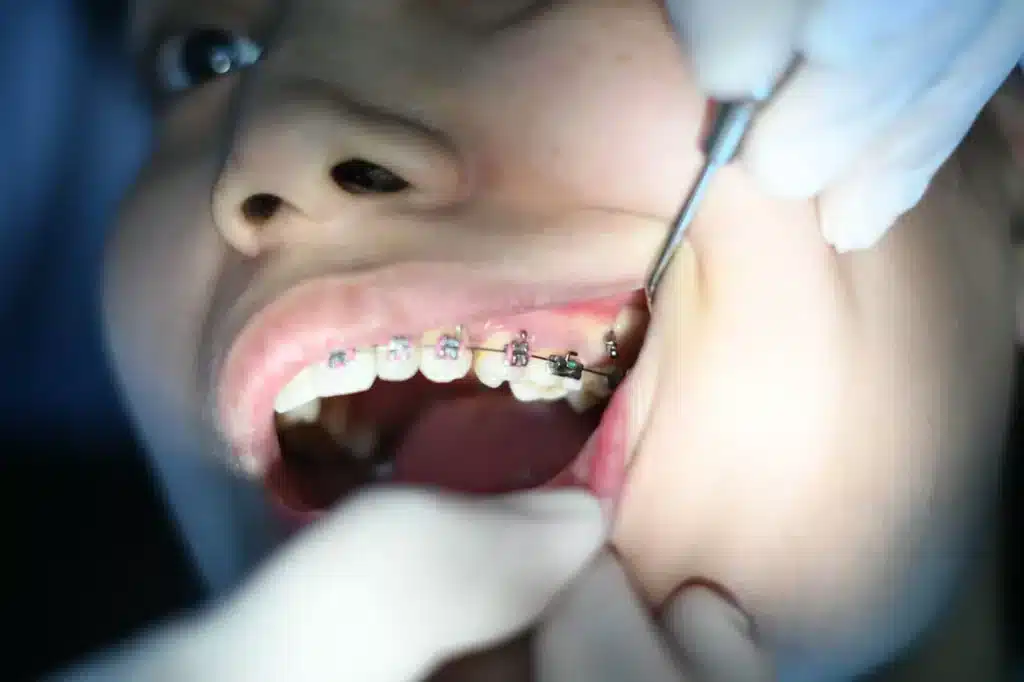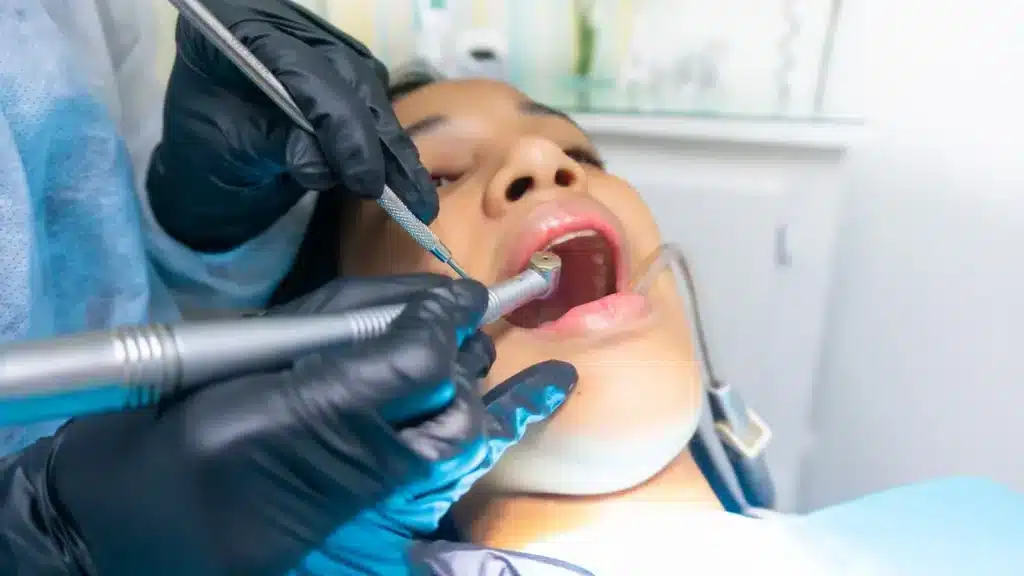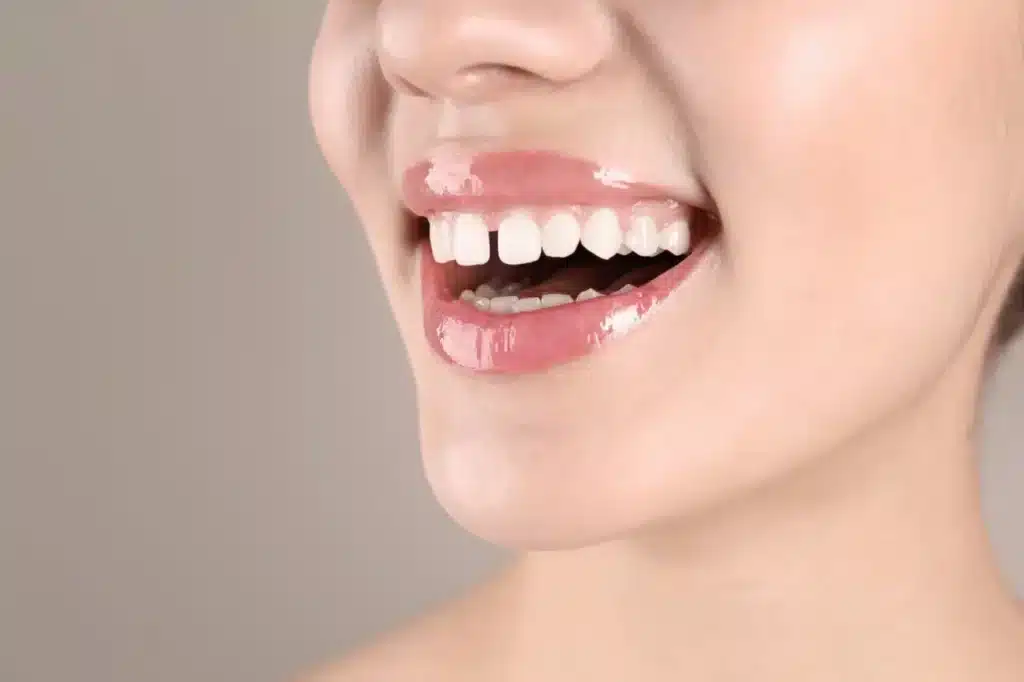Do you find yourself aware of the gap between your teeth? The dental term for this is diastema, a prevalent issue. Keep reading to discover further details about this common dental concern.
Gap Between Your Teeth
Diastema refers to the gap or space between two teeth, and it’s most noticeable when it occurs between the front two teeth. This gap in teeth can arise from alignment problems, protruding teeth, or excessive tissue. In many cases, it occurs due to an imbalance between the jaw size and the size of the teeth.
Treatment
Some of the common treatments to fix the gap between your teeth are:
- Braces
- Dental Veneers
- Dental Bonding
Braces
Both braces and clear aligners are widely favored orthodontic treatments for correcting the gap between your teeth. While not instant fixes, they can also address other dental concerns, such as tooth misalignment.
Consulting a dentist is crucial to determine the suitable option for you – metal braces or clear aligners. The chosen treatment approach will be based on the severity of the issue.

How Braces Fix Teeth?
Braces effectively shift teeth into their desired positions through brackets, wires, and elastic chains. Braces can close gaps and bring teeth together using a chain of small elastic bands. The colored elastic chain is designed to fit over tooth-bracket attachments for a customized appearance. Braces can fill gaps in as little as ten months, offering efficient results for dental alignment.
Veneers
Dental veneers, also known as laminates, are an excellent option for closing gap between your teeth. Beyond gap closure, they effectively address color imperfections, alignment concerns, and minor structural flaws or damages.
Whether crafted from porcelain or composite resin, veneers are skillfully applied to the front surfaces of visible teeth, enhancing their overall appearance.
Depending on your specific treatment goals, veneers can be placed on one or multiple teeth, transforming your smile.

Dental Bonding
Your dentist might opt for composite or dental bonding to effectively close gaps between teeth.
This procedure involves using composite resin to fill the gap between two teeth, resulting in a seamless appearance. The composite resin can be custom-made to match the exact shade of your natural teeth, ensuring a remarkably natural look.
Remember that composite bonding usually requires renewal after 5-10 years from the initial application for sustained results.

Conclusion
While the treatments mentioned above are excellent options for addressing a gap in teeth, the most suitable treatment will be determined by your dentist based on your individual needs.
At Dentalsway, we specialize in connecting you with the best and most cost-effective dental clinics abroad. Let us help you find the perfect solution for your dental needs.


